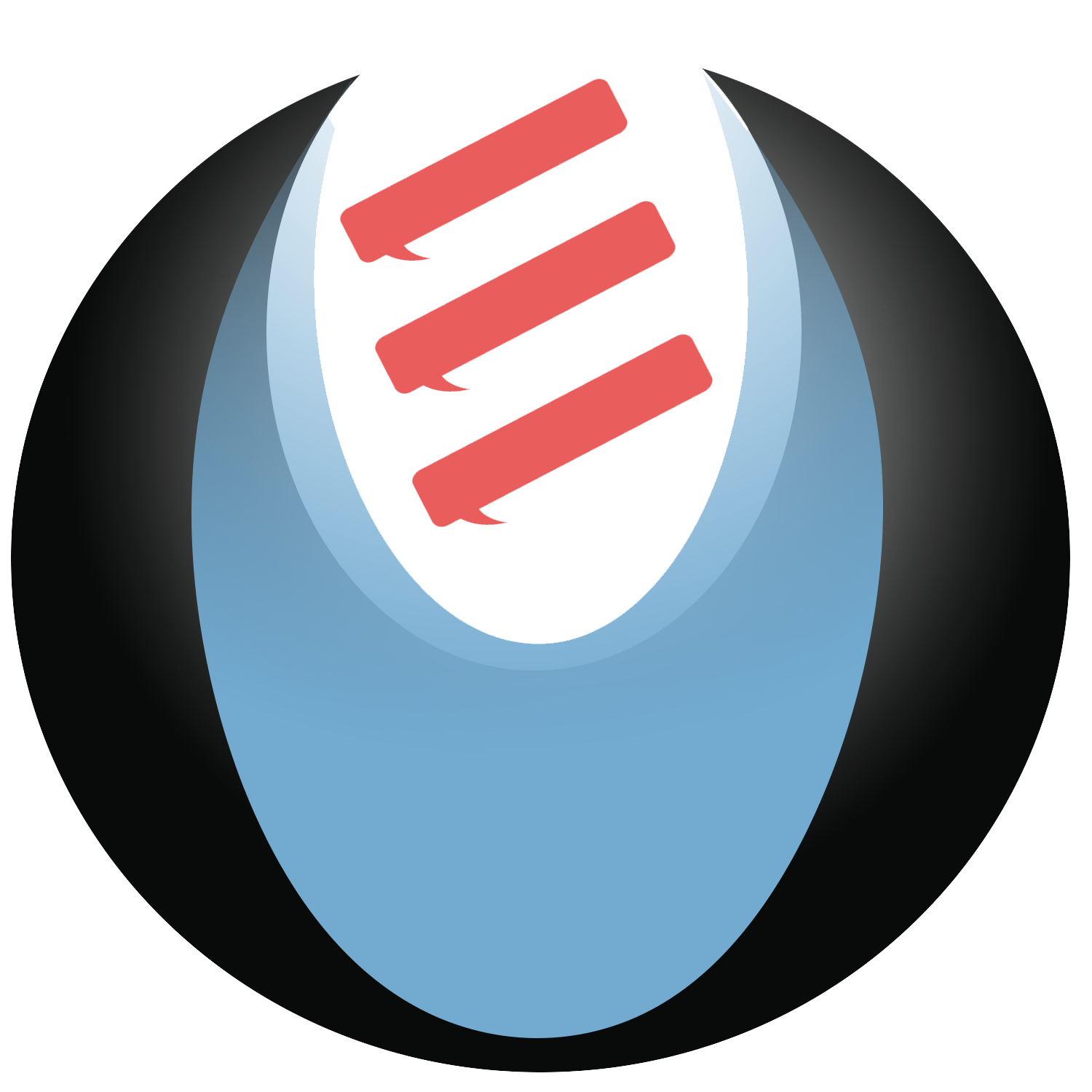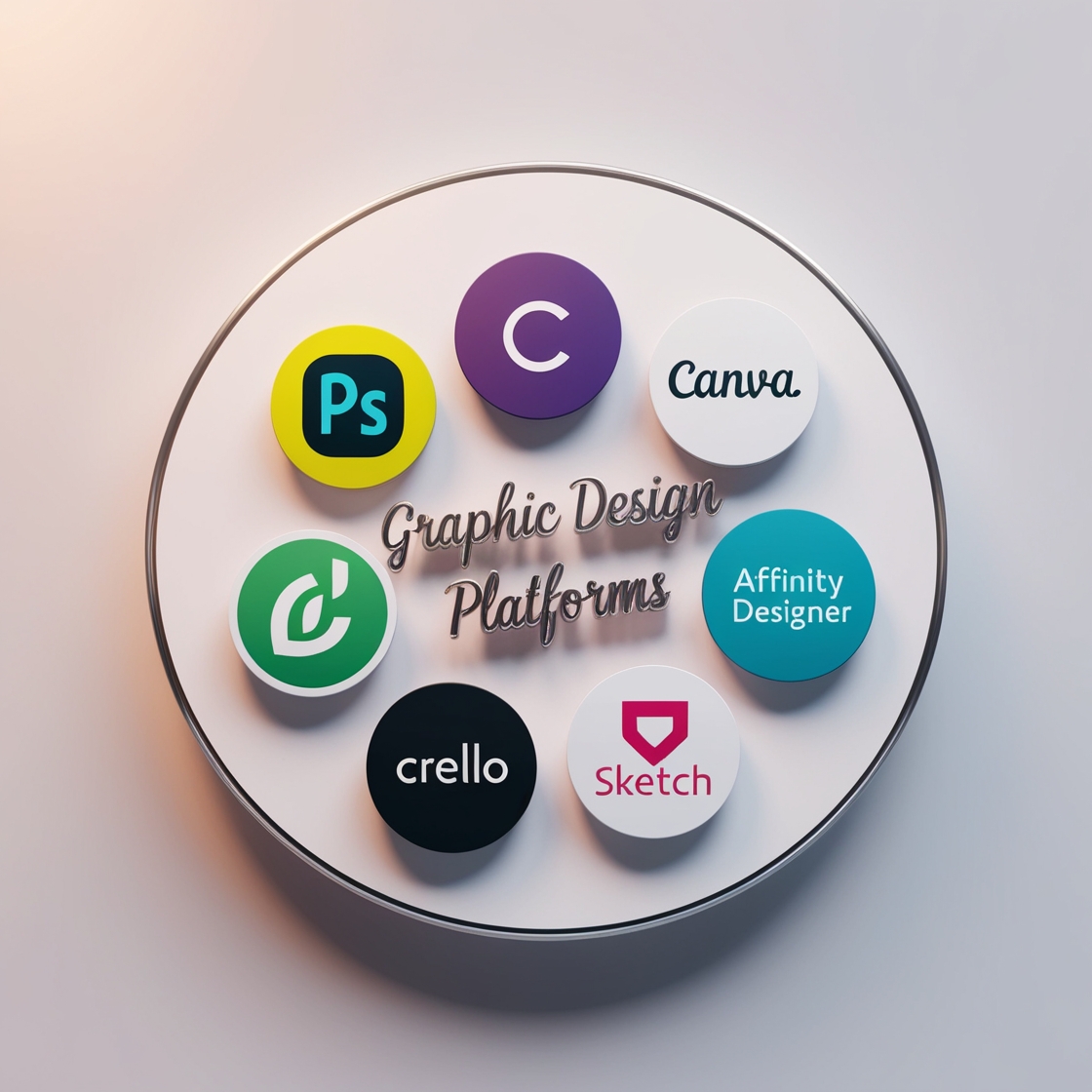Choosing the best graphic design platform depends on your specific needs, skills, and the type of projects you’re working on. Here’s a breakdown of some of the top graphic design platforms:
1. Adobe Creative Cloud
- Key Tools: Photoshop, Illustrator, InDesign, After Effects, XD.
- Best For: Professionals, advanced users, and those needing a comprehensive suite for various design tasks (photo editing, vector graphics, layout design, animation).
- Strengths: Industry-standard tools with powerful features, extensive resources, and tutorials.
- Considerations: Expensive subscription, steep learning curve for beginners.
2. Canva
- Best For: Beginners, non-designers, and small businesses needing quick, easy designs for social media, marketing, and presentations.
- Strengths: User-friendly interface, drag-and-drop functionality, vast library of templates and design elements, free and paid plans.
- Considerations: Limited advanced features compared to professional tools.
3. Figma
- Best For: UI/UX designers, teams needing real-time collaboration, and those working on web and app design.
- Strengths: Cloud-based, excellent for collaboration, powerful vector editing tools, prototyping capabilities.
- Considerations: May require an internet connection, not as feature-rich for print design as other platforms.
4. Affinity Designer
- Best For: Professionals and hobbyists looking for a cost-effective alternative to Adobe Illustrator for vector design.
- Strengths: One-time purchase, robust features, smooth performance, supports both vector and raster design.
- Considerations: Fewer integration options compared to Adobe, not cloud-based.
5. Sketch
- Best For: UI/UX designers working on macOS, particularly those focused on app and web design.
- Strengths: Intuitive interface, strong support for plugins, excellent for wireframing and prototyping.
- Considerations: macOS only, requires additional tools for certain functionalities like animation or collaboration.
6. CorelDRAW
- Best For: Vector design professionals, especially in fields like print, signage, and illustration.
- Strengths: Comprehensive vector editing tools, strong performance in Windows environments, one-time purchase option.
- Considerations: Less common in certain industries, can be complex for beginners.
7. Inkscape
- Best For: Open-source enthusiasts, hobbyists, and those looking for a free alternative to Illustrator for vector design.
- Strengths: Free and open-source, strong vector tools, community support.
- Considerations: User interface can be less polished, performance issues with large files.
8. Gravit Designer
- Best For: Designers seeking a free, cross-platform tool with both vector and raster capabilities.
- Strengths: Cross-platform, cloud-based with offline capabilities, free version available.
- Considerations: Limited features in the free version, not as robust as professional tools.
9. Procreate
- Best For: Digital artists, illustrators, and those who prefer working on iPads.
- Strengths: Intuitive touch interface, powerful drawing tools, affordable, excellent for hand-drawn designs.
- Considerations: iPad only, lacks advanced features for print design.
10. Crello
- Best For: Social media managers, marketers, and those needing quick, professional designs.
- Strengths: Similar to Canva, offers a wide range of templates, animation tools, and easy-to-use interface.
- Considerations: Not as feature-rich as Adobe tools, primarily focused on online content creation.
Choosing the Right Platform
- Skill Level: Beginners may prefer platforms like Canva or Crello, while professionals might opt for Adobe Creative Cloud or Affinity Designer.
- Project Type: For UI/UX design, Figma and Sketch are top choices. For vector work, Illustrator or CorelDRAW might be better suited.
- Budget: Free or lower-cost options like Inkscape, Gravit Designer, or Affinity Designer may be more appealing to those on a tight budget.
- Collaboration Needs: Figma stands out for real-time collaboration, making it ideal for team projects.
Each platform offers unique strengths, so consider your specific needs when choosing the best one for your graphic design projects.



